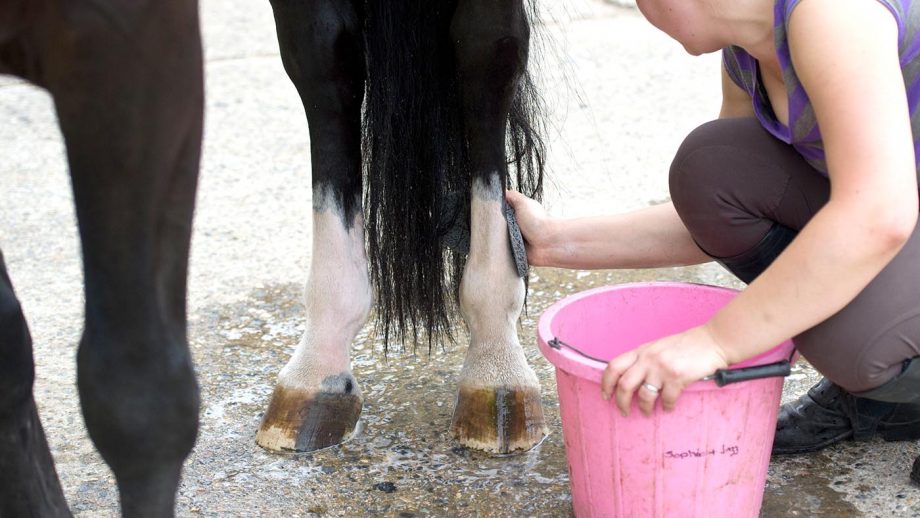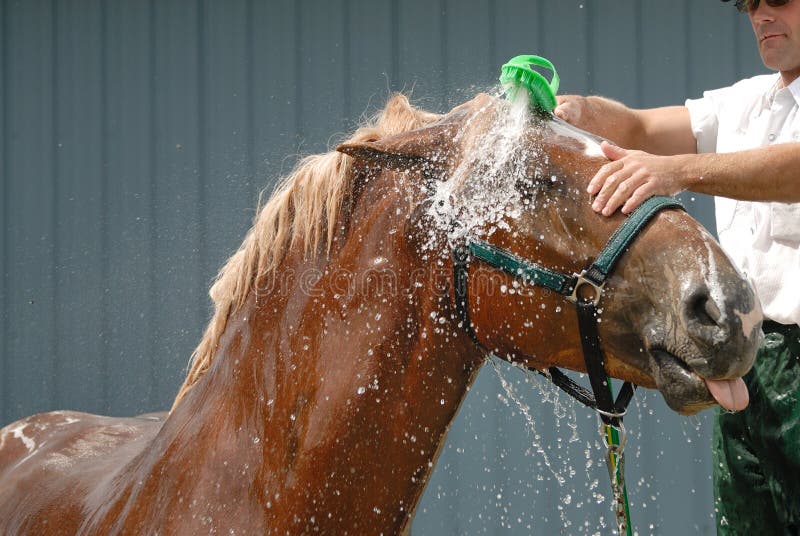Preparing a horse for competitive racing requires careful planning, a deep understanding of equine physiology, and a commitment to consistent training. Whether you’re new to the sport or an experienced trainer, optimizing your horse’s health, fitness, and mental readiness is crucial for achieving success on the racetrack. This comprehensive guide provides practical tips for preparing your horse for competitive racing, ensuring peak performance and long-term well-being.
Understanding the basics of competitive horse racing
Before diving into preparation strategies, it’s important to understand the nature of competitive horse racing.
- Types of races: Flat racing, harness racing, and endurance racing are common forms. Each requires specialized training.
- Physical demands: Racing places significant stress on a horse’s cardiovascular system, muscles, and joints.
- Mental preparedness: A racehorse must remain calm and focused despite high-pressure environments.
Ensuring your horse’s health and well-being

1. Schedule regular veterinary check-ups
A healthy horse is the foundation of successful racing.
- Routine health exams: Schedule check-ups to monitor your horse’s overall health.
- Vaccinations: Keep your horse up-to-date on required vaccinations to prevent diseases.
- Dental care: Ensure proper dental health, as oral issues can impact eating and performance.
2. Provide a balanced diet
Nutrition plays a critical role in a horse’s performance.
- High-quality forage: Hay and pasture provide essential fiber for digestion.
- Grain and concentrates: Add energy-dense feeds to meet the caloric demands of training.
- Electrolytes: Supplement electrolytes to replace those lost during intense exercise.
- Consult a nutritionist: Work with an equine nutritionist to tailor your horse’s diet to its needs.
Building a training program for peak fitness
3. Start with a fitness assessment
Determine your horse’s current fitness level before designing a training program.
- Body condition scoring: Assess your horse’s weight and muscle tone.
- Gait analysis: Identify any movement irregularities that could indicate injuries.
- Cardiovascular health: Monitor heart rate and respiration during and after exercise.
4. Gradually increase intensity
Avoid overtraining by gradually building your horse’s stamina and strength.
- Begin with light work: Walk and trot sessions to build a base level of fitness.
- Introduce interval training: Alternate between high-intensity gallops and low-intensity recovery periods.
- Track progress: Use a fitness tracker to monitor improvements in speed and endurance.
Enhancing strength and agility
5. Incorporate hill work
Hill work is excellent for building strength and improving stride length.
- Uphill exercises: Strengthen hindquarters and improve propulsion.
- Downhill exercises: Enhance balance and coordination.
- Start gradually: Introduce hill work slowly to prevent muscle strain.
6. Use pole and cavaletti exercises
Ground poles and cavaletti improve a horse’s agility and coordination.
- Set up varied patterns: Encourage the horse to lift its legs and engage its core.
- Focus on rhythm: Develop a consistent pace over poles.
Mental conditioning for race readiness
7. Acclimate to the racetrack environment
Introduce your horse to the sights and sounds of a racetrack to reduce stress on race day.
- Practice sessions: Ride your horse on the track during quiet hours.
- Simulate race conditions: Use starting gates and expose the horse to crowd noise.
8. Build trust and confidence
A confident horse is more likely to perform well under pressure.
- Consistent handling: Use calm, predictable interactions to build trust.
- Positive reinforcement: Reward your horse for completing tasks successfully.
Monitoring and preventing injuries
9. Conduct pre-exercise checks
Check for signs of soreness or lameness before each training session.
- Inspect hooves: Ensure hooves are clean and free of cracks or debris.
- Palpate limbs: Feel for heat or swelling in the legs.
10. Provide post-workout care
Recovery is just as important as training.
- Cool down: Walk your horse to gradually lower its heart rate.
- Leg wraps: Use wraps or cold therapy to reduce inflammation.
- Massage therapy: Promote muscle relaxation and circulation.
Equipping your horse for success
11. Select proper tack and equipment
Well-fitted tack ensures comfort and prevents injuries.
- Saddle: Ensure a proper fit to distribute weight evenly.
- Bridle: Choose a bridle that provides effective communication without discomfort.
- Shoes: Work with a farrier to select the right horseshoes for racing.
12. Groom regularly
Grooming keeps your horse’s coat healthy and allows you to check for injuries.
- Daily grooming: Use brushes to remove dirt and debris.
- Condition the coat: Apply products that keep the coat shiny and supple.
Preparing for race day
13. Develop a pre-race routine
Consistency helps reduce stress and ensures readiness.
- Warm-up exercises: Incorporate light trotting and cantering to loosen muscles.
- Feed schedule: Avoid heavy meals immediately before racing to prevent discomfort.
- Hydration: Ensure your horse is well-hydrated but not over-watered.
14. Stay calm and focused
Your demeanor affects your horse’s mindset.
- Stay positive: Horses can sense and respond to your emotions.
- Focus on the present: Avoid distractions to maintain clear communication.
Post-race recovery
15. Prioritize cool-downs
Cooling down prevents injuries and aids recovery.
- Walk and stretch: Keep the horse moving to prevent stiffness.
- Offer water: Rehydrate gradually to avoid colic.
16. Evaluate performance
Review the race to identify areas for improvement.
- Video analysis: Watch race footage to assess stride, pace, and positioning.
- Consult professionals: Work with trainers and veterinarians for feedback.
Tips for long-term success
17. Maintain consistent care
Racing success requires a year-round commitment.
- Seasonal adjustments: Adapt training and care based on weather and competition schedules.
- Balanced workload: Alternate intense training with rest days.
18. Stay informed
Keep up-to-date with advancements in equine training and care.
- Attend clinics: Learn from experienced trainers and veterinarians.
- Read industry publications: Stay informed about new techniques and technologies.
Conclusion
Preparing your horse for competitive racing is a multifaceted process that demands attention to health, fitness, and mental readiness. By following these tips and maintaining a consistent care routine, you can help your horse reach its full potential while fostering a strong bond. Success on the racetrack begins with dedication and preparation, ensuring that your horse is not only a competitor but also a healthy and happy partner.








